Getting through solid rock may seem like a daunting endeavor, but with the proper tools and knowledge, it can be tackled with relative ease. This article will go over the fundamentals of drilling through stone, the tools needed to perform the task, and the steps you must take in order to get the job done.
To start drilling into rock, it is essential to be familiar with the type of rock being handled. Different rocks, ranging from sedimentary to metamorphic, necessitate various drilling methods. Identifying the variety of rocks you are tackling is the basis for selecting the proper drill bit and other components for the job.
After you identify the type of rock you’re dealing with, the next thing to do is to select a suitable drill bit. From masonry bits to diamond-tipped bits, there’s a wide variety of tools available depending on the kind of rock. Picking the right drill bit for the job is like picking a lock: important decisions must be made to ensure the safety of the lock (rock) and the lockpick (drill bit) alike.
Before you commence drilling into the rock, gauge the depth and dimensions of your project hole. Should it be superficially shallow, then a commonplace masonry bit will do the trick. But for deeper cavities, you’ll need to acquire a diamond-tipped drill bit – or another appropriate specialty bit – to complete the task. Be sure to mindfully select the appropriate size bit for the job; employing an overly small or large drilling component can damage both the rock and the bit itself.
To make sure that your rock stays put while you’re drilling, secure it in place with either a vice grip or using a tool designed specifically for this purpose—a rock-drilling jig. Once you have the rock fixed securely, you’d have the green light to start drilling away with the appropriate drill bit.
When drilling rocks, it is essential to utilize an appropriate speed setting for your drill. For classic masonry bits, run the drill at the slowest setting you can; if you own a diamond-tipped bit, however, then crank up the speed to its maximum for ideal performance. Taking this measure helps ensure that no overheating happens to your bit and that the rock remains unharmed.
In order to ensure successful rock drilling, it is essential to apply adequate lubrication. This will decrease the areas of contact between the drilling bit and the rock, and simultaneously protect it from becoming scorching hot. You can use either a specific formulation intended for this task or trifling amounts of machinery oil.
Despite the difficulty and effort involved, rock drilling can be accomplished with the appropriate tools and methods. This article provides concrete measures that will give you the confidence to carry out the process with precision.
To break through rock successfully, one must familiarize themselves with the process and tools of drilling. Whether for mining, geology, construction, or even home improvement endeavors, a knowledge of the fundamentals behind drilling through rock is essential. This post will elucidate the aims and aids of the procedure.
Boring through rock possesses an inherent risk of danger. It’s essential to remember safety comes first and to take all the necessary precautions before commencing with the task at hand. A must-have is eye wear and gloves for protection, while ear muffs or plugs are imperative for preventing hearing damage from the drill’s noise. Additionally, it’s essential to be mindful of any items that may hinder the process; ensure no debris or obstructions are left in the area when using a drill.
Puttering With the Rock
Prior to drilling into rock, it is required that the surface of the material is readied. Meticulous measurements of desired depth and width must be taken into great consideration. When faced with a tougher variety of rock, it is worthwhile to utilize lubrication to lessen the amount of friction. This action can work to bring down the heat gain, thus preventing the drill bit from becoming overheated and blunted.
Selecting the Optimum Drill Bit
When it comes to drilling rocks, the type of drill bit is all-important. For more rigid rocks like granite, carbide-tipped grades are usually the best choice, whereas softer rocks like sandstone require a diamond-tipped version. When selecting a drill bit, it is also key to make sure that its size will be able to achieve the right hole size.
piercing the depths: Exploring through Drilling of a Hole.
Once the drill bit is nestled securely, the drilling process can commence. Beginning softly and with a light touch is critical, in order to protect against loss of sharpness or destruction of the bit. It’s beneficial to angle the drill downwards, this ensures the bit doesn’t become plunged into the rock and immovable. As the hole digs deeper, don’t forget to periodically remove any accumulation of debris simultaneously.
Drilling Down to Completion
Once the hole has been dug to the necessary depth, the edges must be sanded down for precision. This is typically done by running a chisel or file over the rim of the opening to ensure the diameter and shape are as exact as possible.
Navigating hard and hazardous terrain can prove difficult. In order to successfully complete the drilling process, it is essential to employ appropriate precautions and utilize the apt tools. Fortunately, this article provides a comprehensive breakdown of steps that can be taken to effectively drill through rock.
Related Product
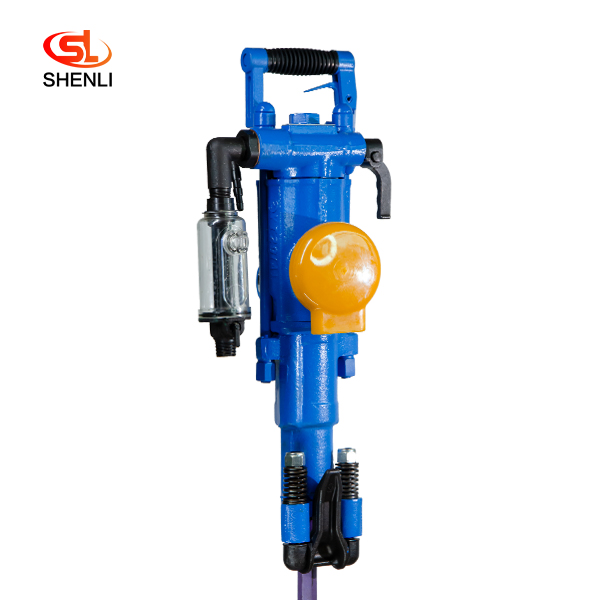
YT29A Air Leg Pneumatic Rock Drill Pusher Leg Rock Drill
YT29A air-legged rock drills are heavy-duty push-leg (air-legged) rock drills with low energy consumption, which are more suitable for drilling horizontal or inclined holes in medi […]
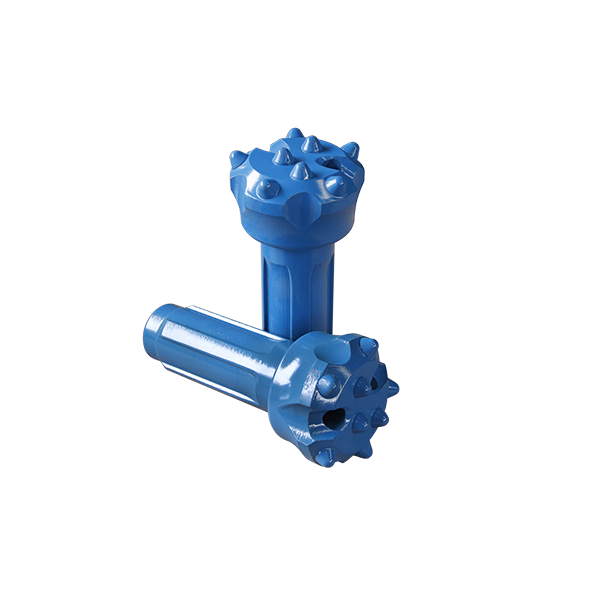
CIR Series DTH Bits(Low Pressure) CIR76-76
Down-the-hole (DTH) hammer bits are used with Down-the-hole hammers for drilling holes through a wide range of rock types. In conjunction with DTH hammers, drill hammer bits are de […]
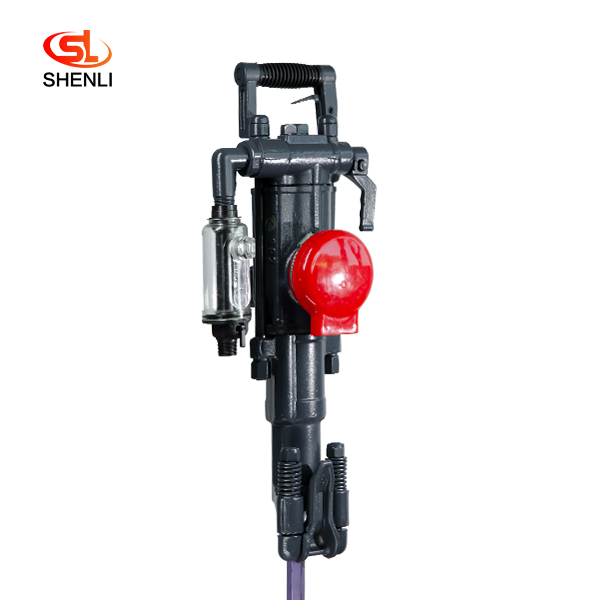
S82 Air Leg Pneumatic Rock Drill Pusher Leg Rock Dril
Model S82 air-legged rock drills are heavy-duty air-legged rock drills with high efficiency and low consumption, which are especially suitable for use in the construction of railro […]
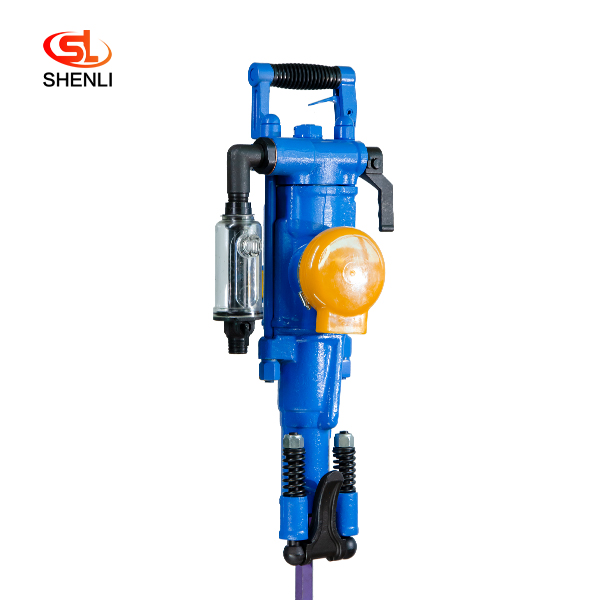
YT28 Air Leg Pneumatic Rock Drill Pusher Leg Rock Drill
The YT28 air-leg rock drill is a kind of high-efficiency, energy-saving and environmentally friendly rock drilling equipment. Compared with similar pneumatic products, the YT28 air […]
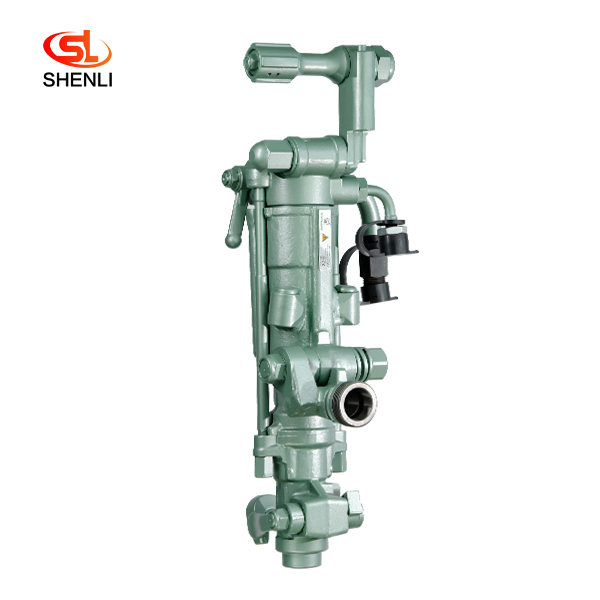
S250 Air Leg Pneumatic Rock Drill Pusher Leg Rock Drill
(S250 jackleg Drill) has been the preferred choice of miners who demand high performance, superior control and lasting reliability. the S250 jackleg allows operators to drill in co […]
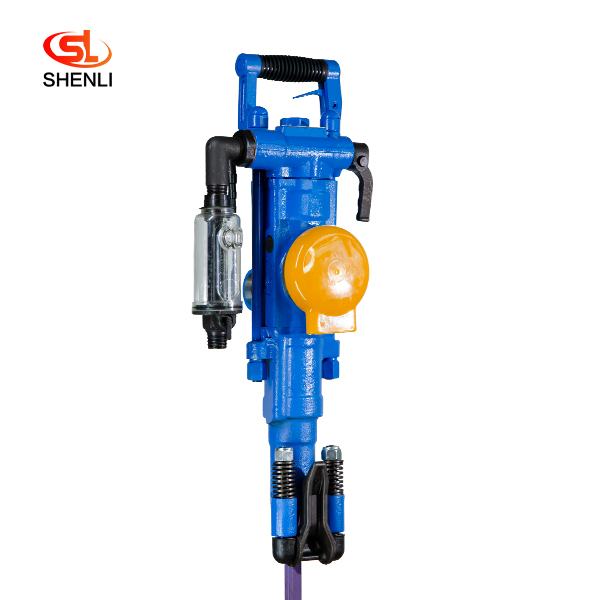
YT27 Air Leg Pneumatic Rock Drill Pusher Leg Rock Drill
The YT27 air-legged rock drill is a highly efficient lightweight rock drill suitable for downward or inclined drilling in medium-hard or hard (f=8 – 18) rock with a diameter […]
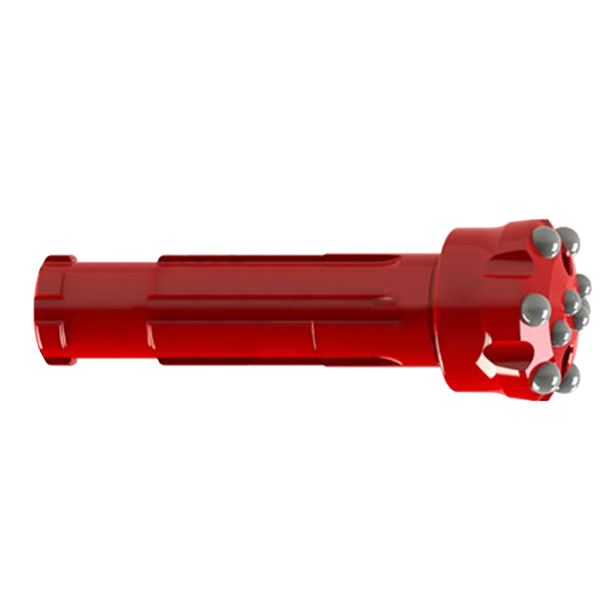
DHD Series DTH Bits(High Pressure) DHD
high pressure drill bit is mainly used in geological exploration, coal mine, water conservancy and hydropower, highway, railway, bridge, construction and construction, etc. Advanta […]

Taper Bits
Taper bits, especially Tapered button bits are the most popular tapered drill bits with a wide selection of head diameters from 26mm to 48mm. With carbide buttons cold pressed on t […]

Cir Series Dth Bits(Low Pressure) Cir90-90
Down-the-hole (DTH) hammer bits are used with Down-the-hole hammers for drilling holes through a wide range of rock types. In conjunction with DTH hammers, drill hammer bits are de […]
Post time: 2023-07-07

